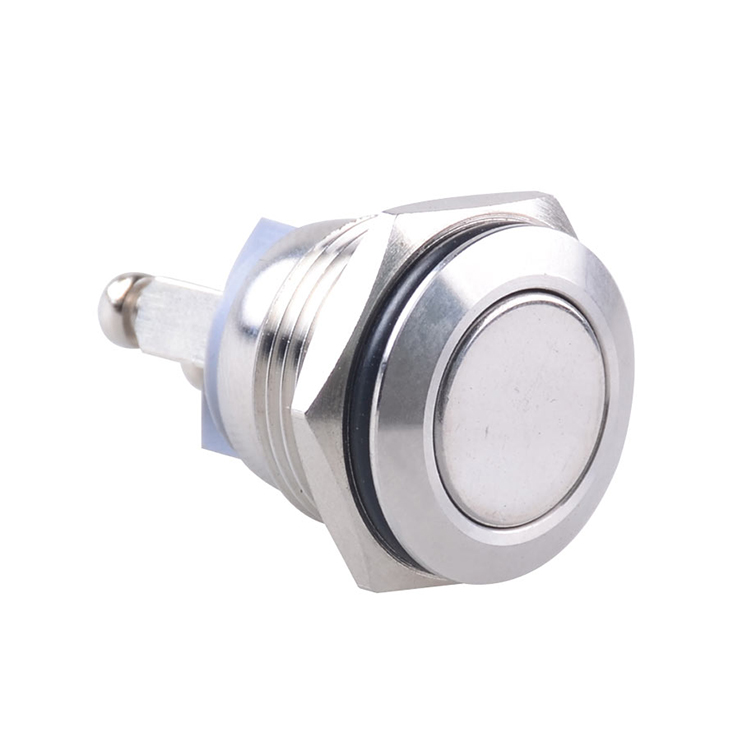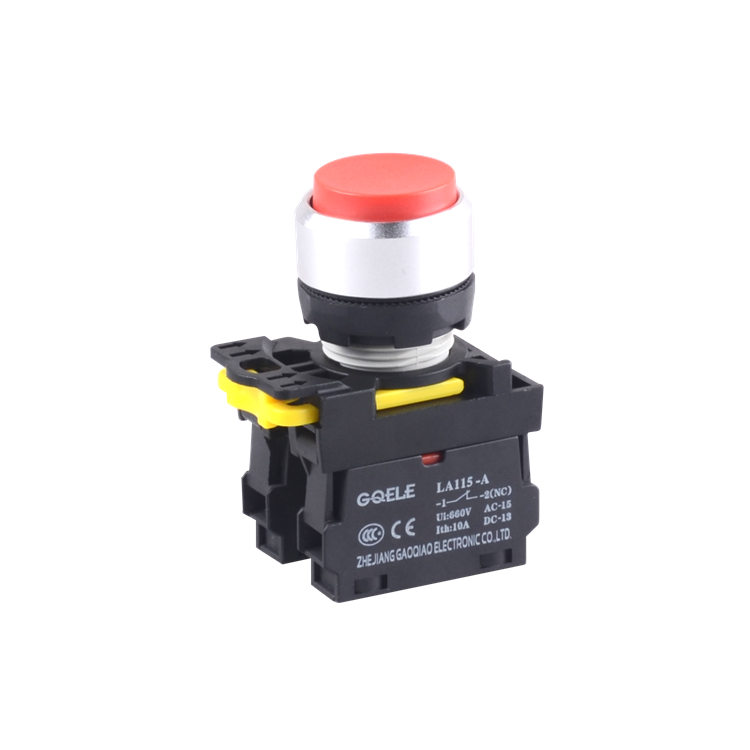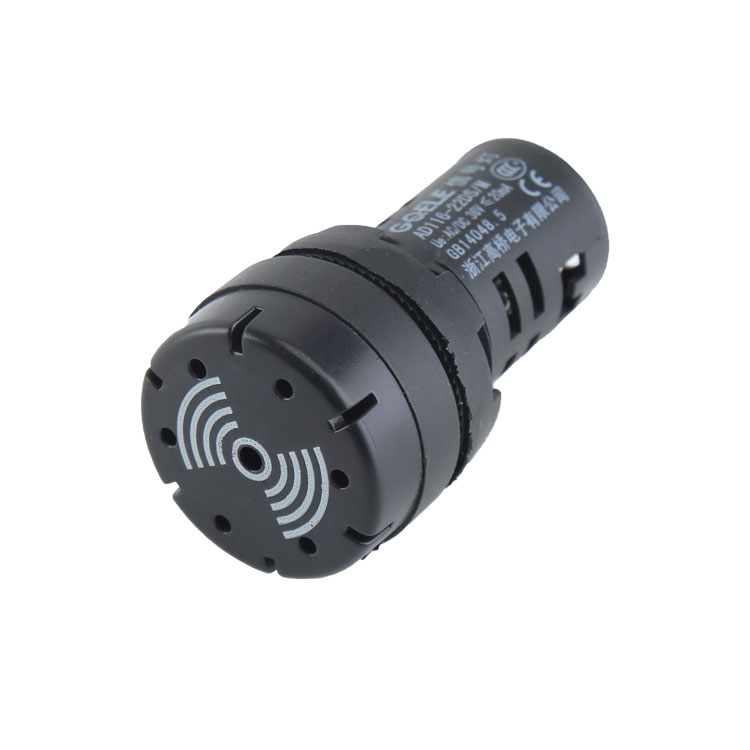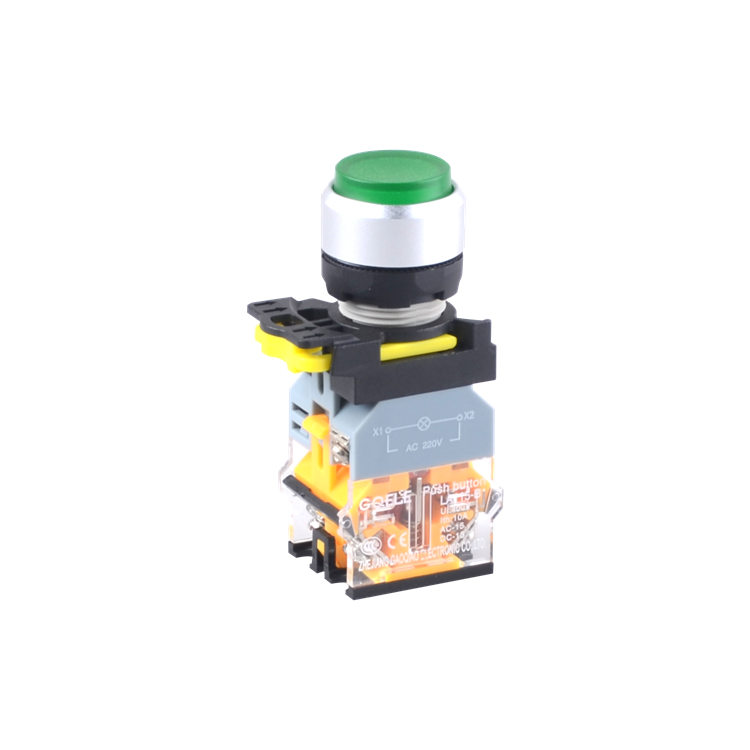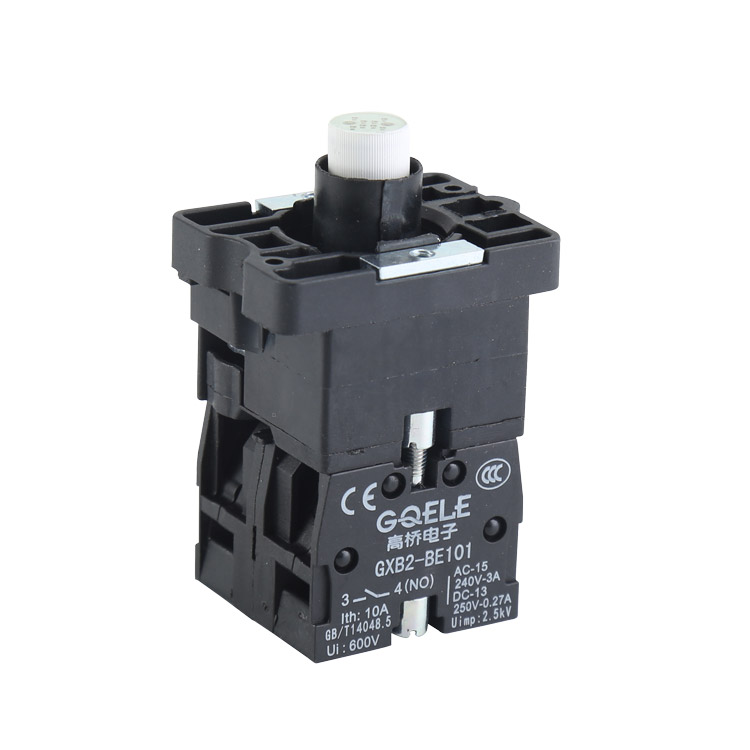
GOB2-61

GL-30F22D/R23-SJ Metal push button

AD116-22D/B Φ22 Double Color Indicator Light With Black&White Shell

GL-30H22-SJ

GXB2-EL3 High Quality Plastic Round Green Extended Push Button Head
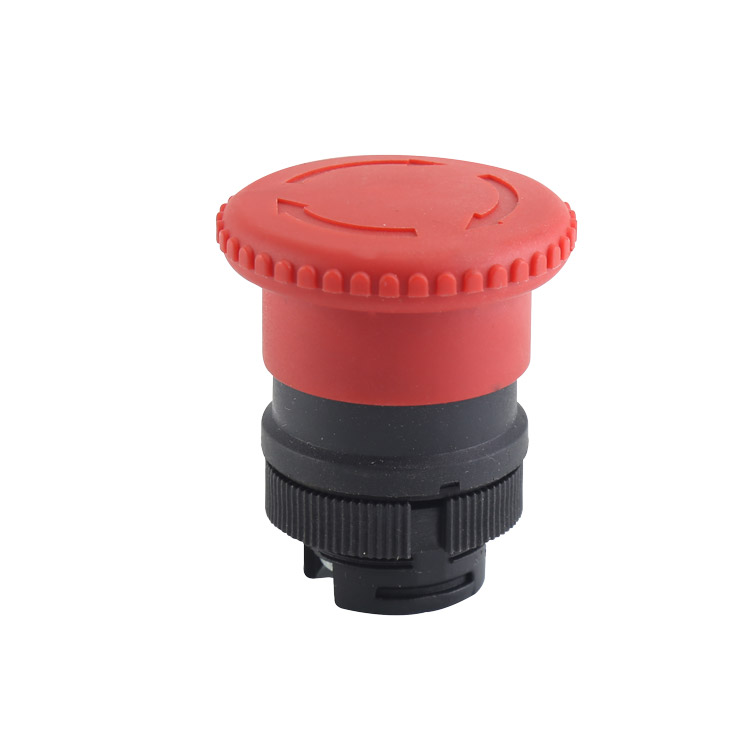
GXB2-ES54 Φ40 Mushroom Shape Red Plastic Emergency Stop Push Button Head With Twist Release And Symbols

High Quality 1NO & 1NC Red Key Control Emergency Stop Plastic Push Button Switch WithΦ40 Mushroom Shape Head And Key Rotating Release

CJX2-(LC1-DN)25 220V 380V 415V 660V cjx coil ac Electric magnetic contactor
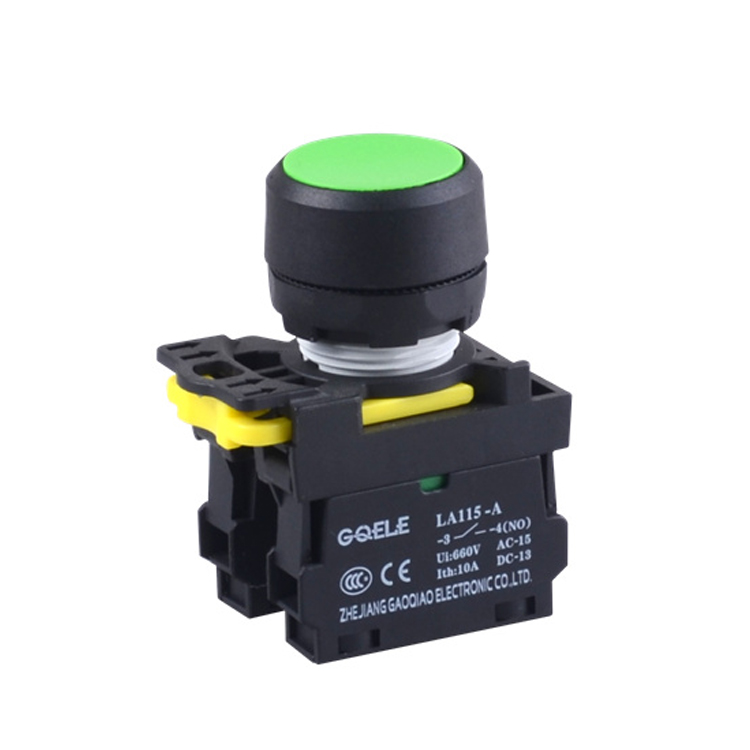
LA115-A1-11 Momentary 1NO&1NC Flush Push Button With Green Round Head And Without Illumination
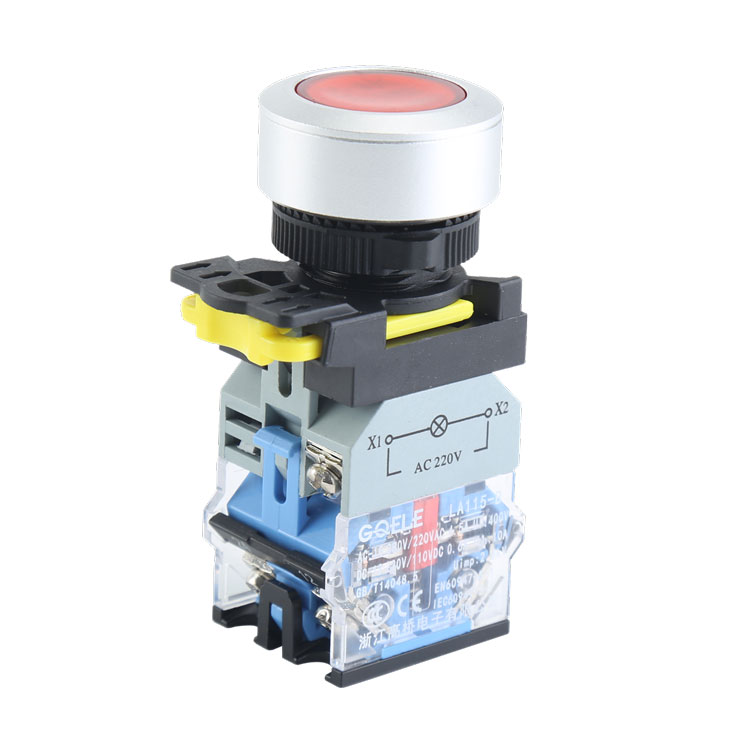
LA115-B5-11ED Φ30 1NO&1NC Momentary Plastic Flush Push Button With Round Red Head And Red Light

GOB-6A-GW
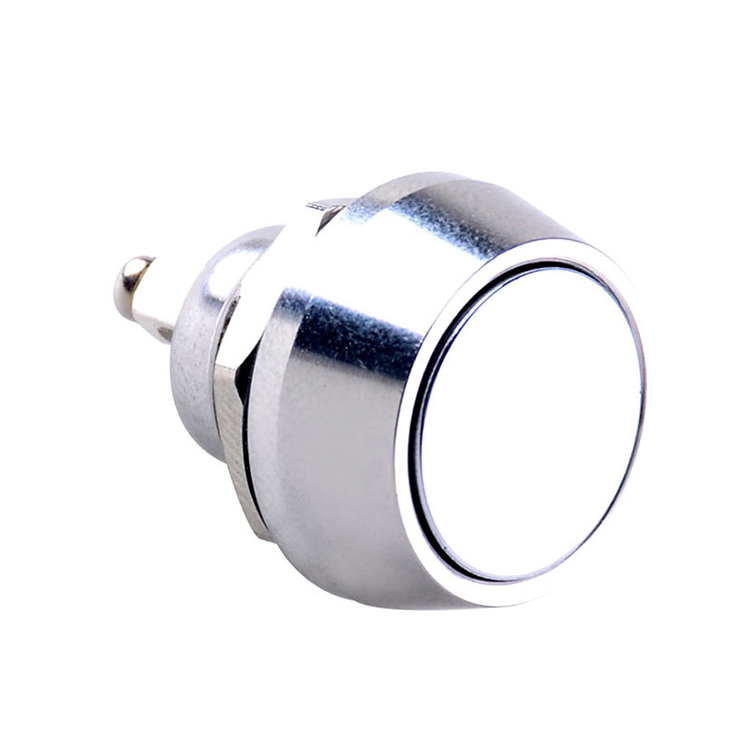
GL-12FC10-S 20A Push Button Switch: Empowering High-Current Applications with Precision Control



